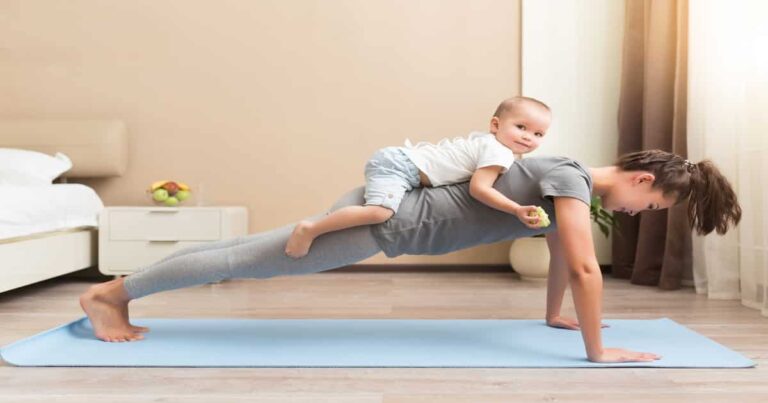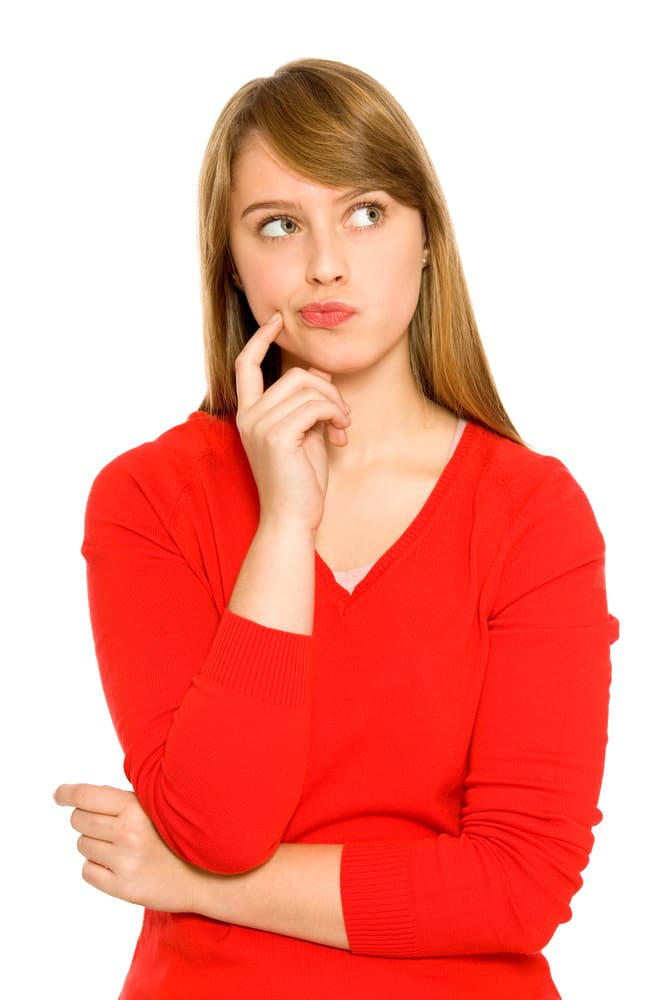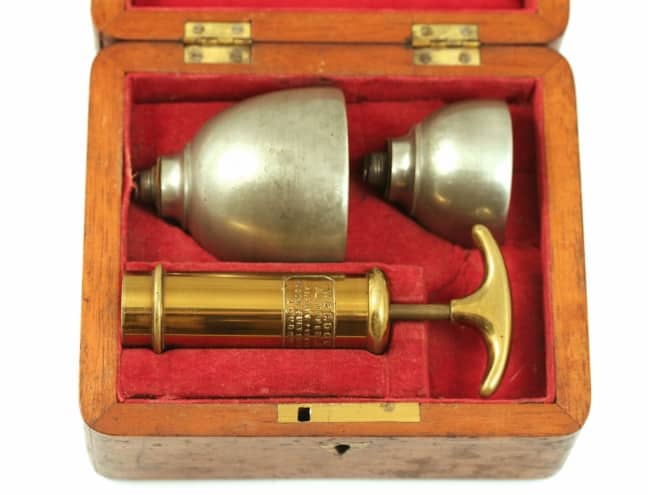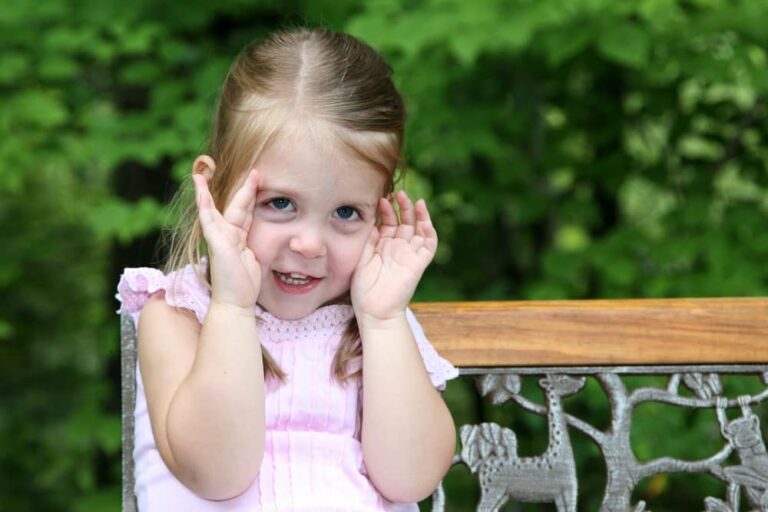Mother Of Invention: Rhona Wolle Sources Vintage Toys With A Modern Flair
 Who she is: Founder, modernforkids.com. Mom to Judd, 4, and Dustin, 2.
Who she is: Founder, modernforkids.com. Mom to Judd, 4, and Dustin, 2.
Why we love her: Her one-of-a-kind vintage toys and prints brighten up children’s rooms and make us pine for simpler times.
In her own words”¦
How did you come up with the concept for your business?
When designing my kids’ rooms, I found that most of the modern toys and decorative items for children’s rooms were the same everywhere. I also didn’t want things that they will outgrow too quickly, since I had no desire to redo their rooms in two years. I prefer classic imagery and I love modern design and furniture. However, I didn’t want their rooms to look or feel cold or sterile, so I started decorating them with things that are nostalgic and have lots of fun, interesting graphics to engage them and their imagination.
Why have the word ‘modern’ in your company name when most of the items you sell are vintage?
”Modern” refers to the style. I prefer designs that have simple lines to convey an idea and bright primary colors, nothing ornate. Most of the items I gravitate toward are mid-century modern and date back to the 1950s and ’60s. This is when the qualities I just mentioned were really emerging in mainstream art, architecture and furniture design.
What is the appeal of vintage?
Vintage pieces from my childhood, such as matryoshka (Russian nesting) dolls or Babar, make me smile with nostalgia. Most of the pieces have been gently used or lived with and aren’t too precious for children to play with. And it’s nice to find pieces you just won’t see at anyone else’s house.
How do you select each piece?
With the vintage items, it’s a matter of whether something appeals to me and if it is in good condition. The new items have to be unique such as the Seedling Junior Doctor Kit with a real (not plastic!) working stethoscope or the Wooden Nesting Dolls craft kit from Russia that comes with watercolours. Neither of these items will typically be found at your local toy store.
Antiquing season is just around the corner. How can people differentiate between the authentic and the crap?
You don’t always know when you have a real find but you have to follow your gut. First and foremost, you should love the item you are buying, unless you are buying strictly as an investment. Usually an item has marking on it the manufacturer or place it was made that can help date it. The style and where it was made will help determine whether it’s authentic. For example, tin toys made in the ’60s were often made in Japan and will have that marked. Posters will usually have the printer’s name on it (as do most of my vintage circus posters). In the case of circus posters, they are printed on thin newsprint paper (the aging shows on it as well) because the idea was cheap advertising for the circus. So if you find a poster printed on glossy paper, that’s a reproduction print for sure. There are lots of online forums and fan clubs with information on what to look for, so it’s a good idea to do some research before heading to a flea or antique market to find something specific.
What is the most satisfying part of what you do?
The hunt! Besides the vintage stuff, I also love finding new items that you can’t find at your local toy store.
What is the biggest challenge?
The amount of time involved in searching for and finding one-of-a-kind items at garage sales, flea markets, antique shows, online, Value Village you name it, I’ve probably found something there.
How do you balance it all?
Luckily, I have a very supportive husband who helps look after the kids on the weekends, so I can hit the antique shows to either sell or search for things. He works long days during the week, so the kids are thrilled to spend more time with him on the weekend.
Who is your typical client?
Different people appreciate different things vintage toy aficionados like my old toys, graphic designers love the vintage posters and then there are parents like me who appreciate modern design and want to dress up their children’s rooms or playrooms with decorative things that aren’t babyish.
Who is your favourite artist, designer, illustrator?
I really enjoy the illustration on the vintage circus posters, both American and Polish. Some great working illustrators include Enzo Mari, Blexbolex and Dick Bruna. I also absolutely love the old Golden Books as well as vintage children’s science books that are just lovely. As for artists, Danielle Hession just completed a custom piece for us. And I love photography. Diane Arbus was a real groundbreaker, and Gregg Segal and Naomi Harris have a great eye.





